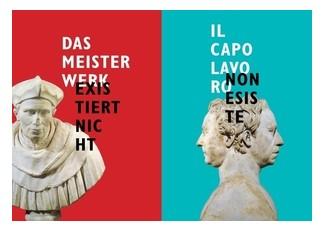Contenuto principale
Introductory panel

The exhibition mainly takes the form of a journey of knowledge and rediscovery of the values of Italian and European sculpture within the strict timeframe of the 1400s to the 1800s.
On display, in chronological order, are the works of sculpture collected by Federico Zeri himself and bequeathed to the Accademia Carrara di Bergamo; these evince the fine taste of this Italian academic and his clear thoughts on the importance of art in the sense of a historical document, removing the basis for the cult of the “great artist”, the individual genius who expresses “beauty” in his “masterpiece” while cut off from the social context in which he works and the artistic repertoire of his age.
Zeri’s rigorous visual training, careful study of history related to the creative moment of the artists and the great technical skills of this celebrated art connoisseur have made it possible to correctly identify and attribute works that had previously been officially anonymous or erroneously catalogued.
Two emblematic examples of this important research can be found in the Renaissance pictures from the Accademia Carrara, the only paintings in the exhibition.
An acute critic, Federico Zeri also directly tackled the problem of contemporary art, which he considered extraordinarily representative of the society to which it related. Juxtaposing today’s creations with those of the past thus interweaves the specific historical, cultural and social identities in a way that is both unusual and fascinating.
The sculptures from the collection on display in the Bishop’s Palace find a certain evocative reflection in the ecclesiastical collection, thus demonstrating the effectiveness of Federico Zeri’s approach to the history of art through the arguments that he constantly theorised and defended.